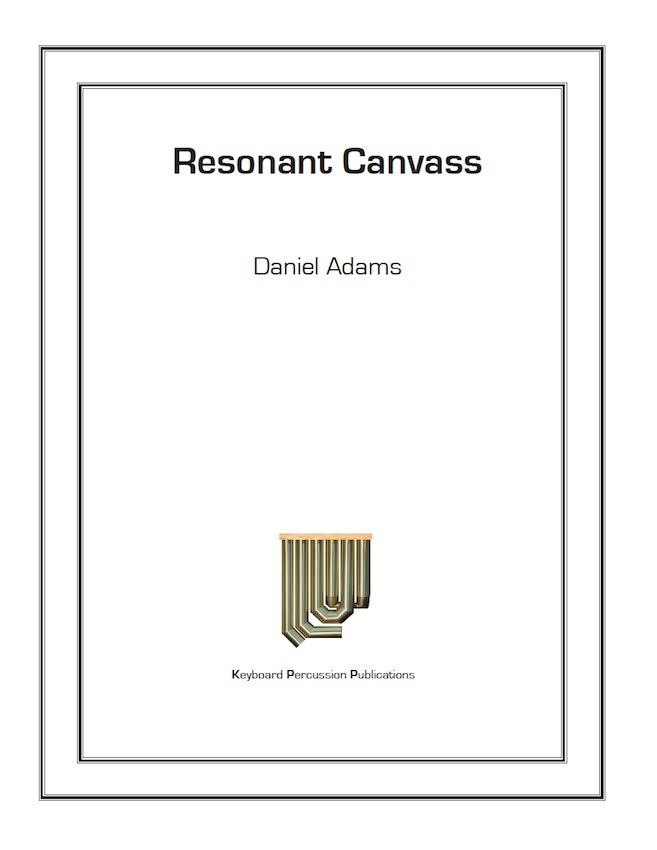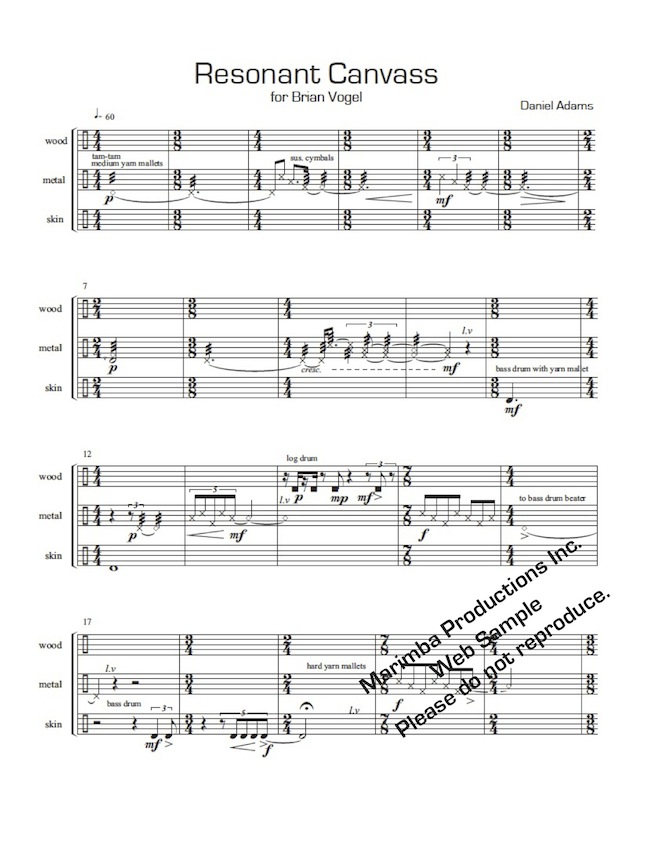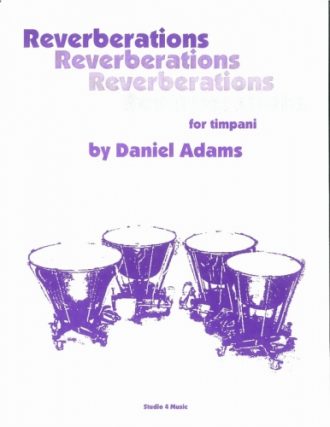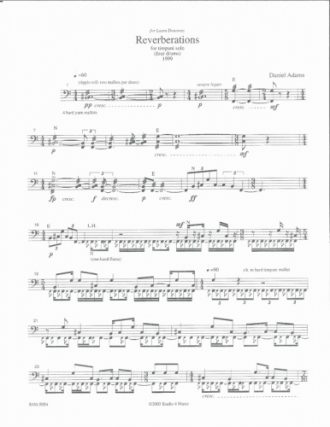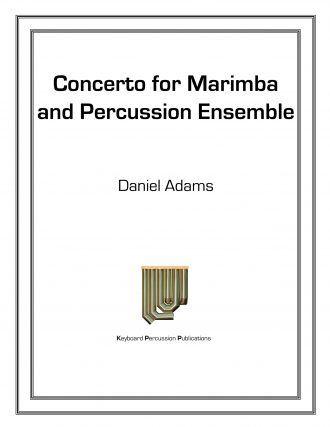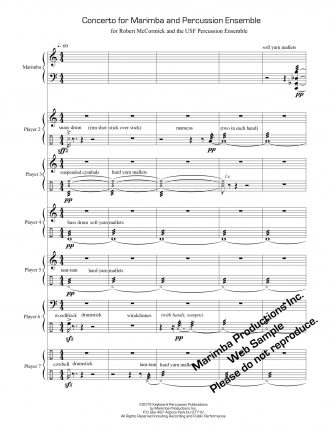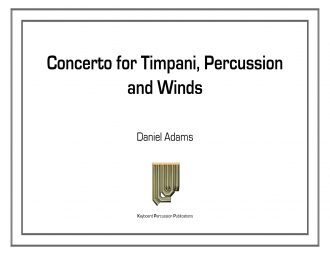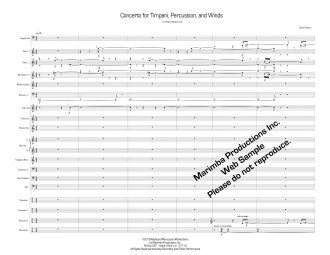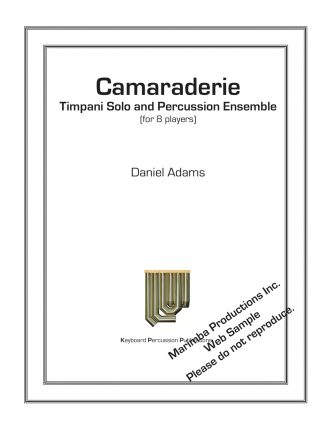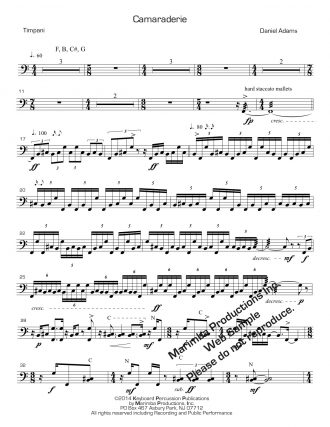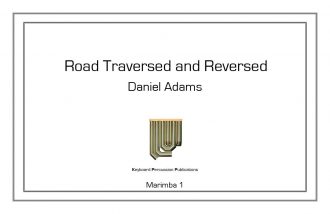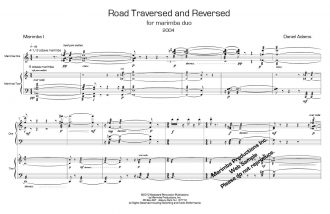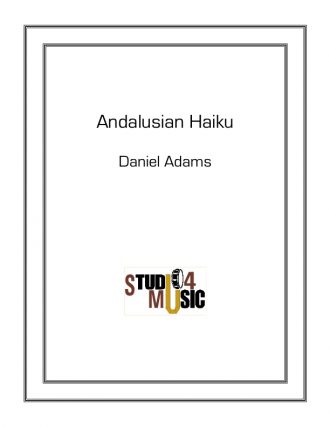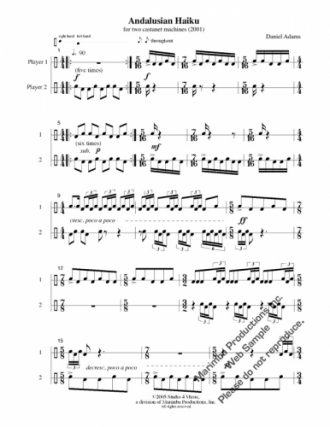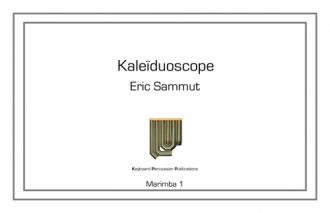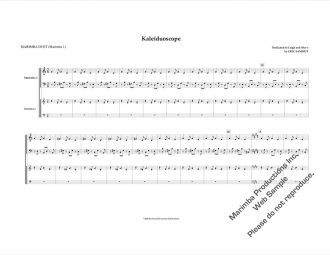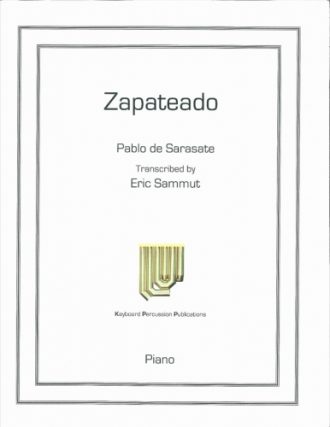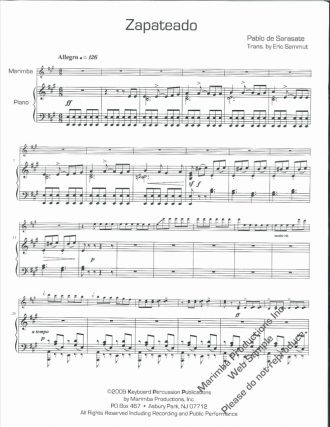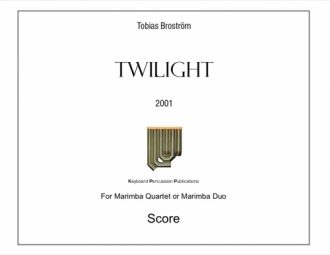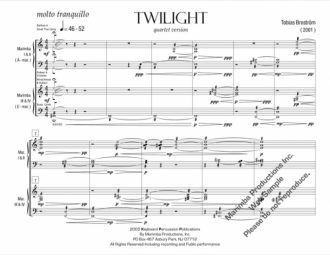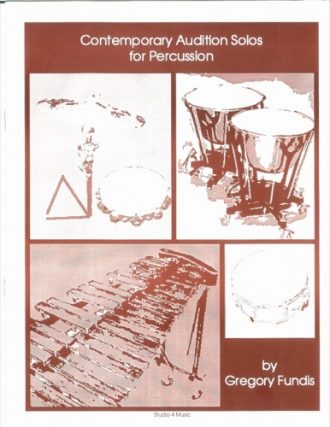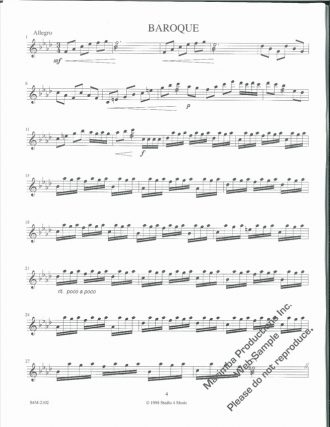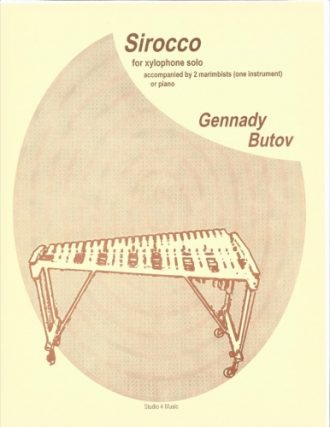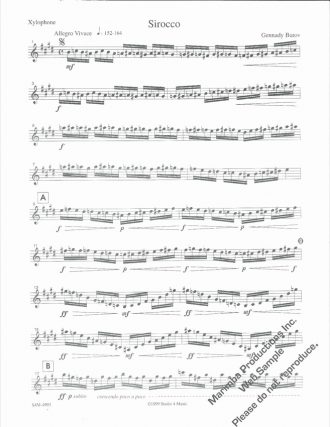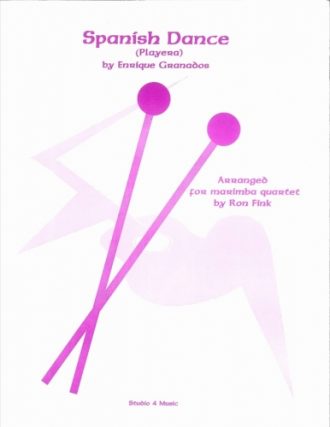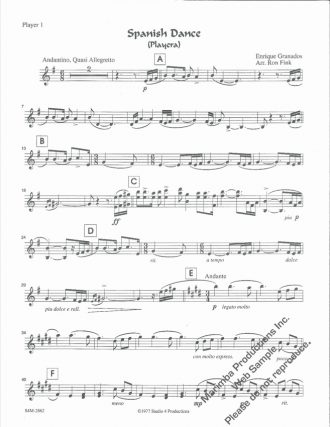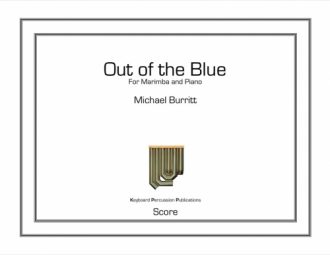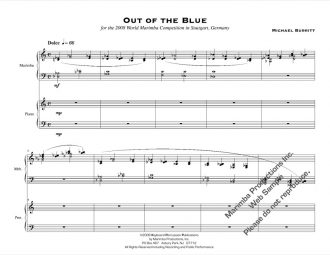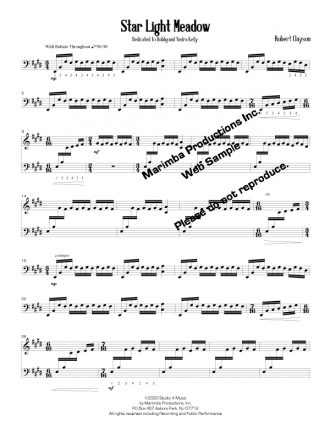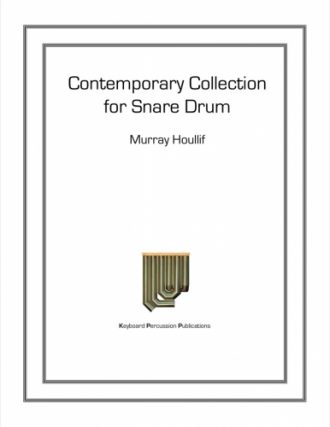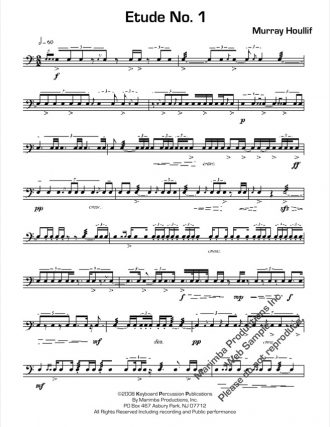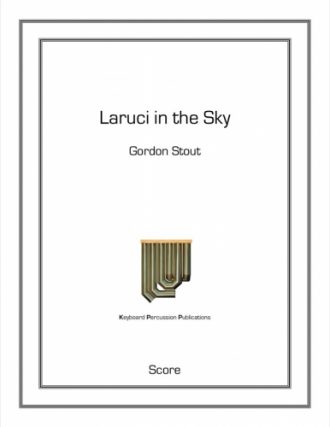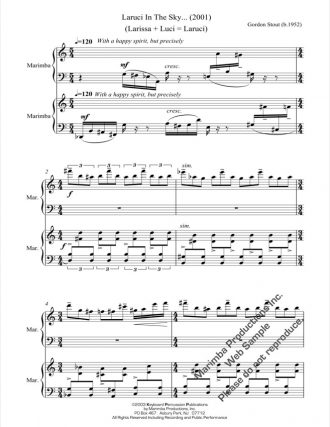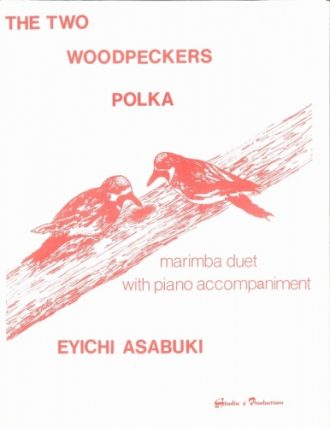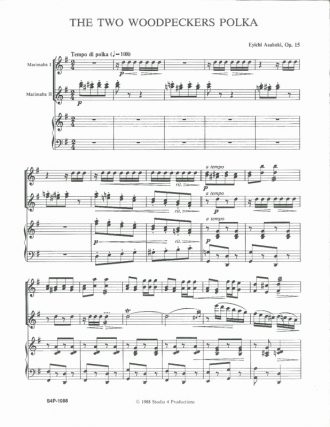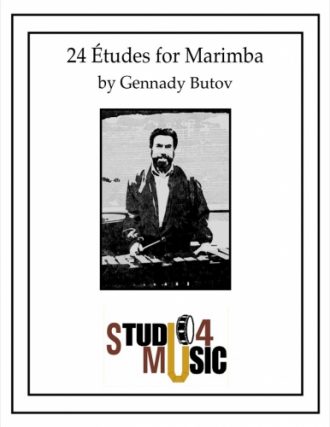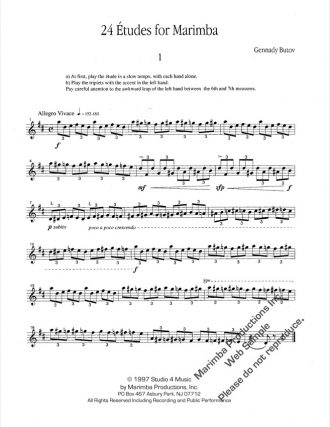The title of “Resonant Canvass” refers to the interplay between sounds emanating from instruments with long reverberation times (cymbals, tam-tam, etc.) and instruments such as the cowbell, temple blocks, and woodblock, which produce sounds of shorter duration. Canvass is spelled with the double “s” ending as a double entendre, the meaning of which is to examine carefully or discuss thoroughly. On one level, the piece is an essay on the thematic elements inherent in combinations of indefinitely-pitched instruments. The “canvas” however, is the accumulated resonance of the reverberating instruments (introduced in the opening section) from which the shorter notes emerge and evolve into thematic ideas and contrapuntal textures based on rhythmic motives of indefinite pitch. The rhythmic ideas build to a complex frenzy as the different types of instruments are played faster and in more varied combinations. Definite pitch is introduced for the first time in a coda featuring the crotales, accompanied by the cymbals and tam-tam.
This multi-percussion solo is filled with wonderful sounds and textures. The large instrumentation setup is written on three staves labeled wood (log drum, five temple blocks, mounted woodblock), metal (tam tam, three suspended cymbals, mounted cowbell, metal wind chimes, trianle, two octaves of crotales) and skin (bass drum and four tom-toms). The title refers to the interplay between sounds emanating from instruments with long reverberation times and those which produce sounds of shorter duration.
Clearly thought has been put into the collection of sounds and the handful of catchy rhythmic motives. Adams has even paced the work to move from slower, sparsely presented themes to faster, more agitated ideas, culmination in a 12-tone row for the last 13 bars.
— Joshua D. Smith, Percussive Notes — November 2011

